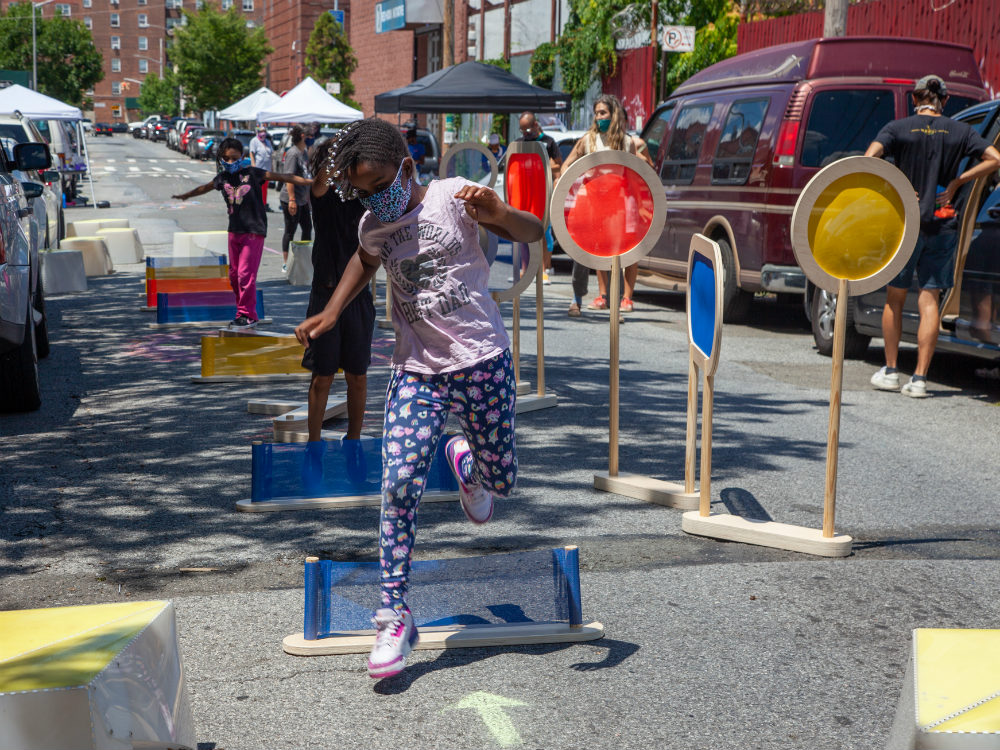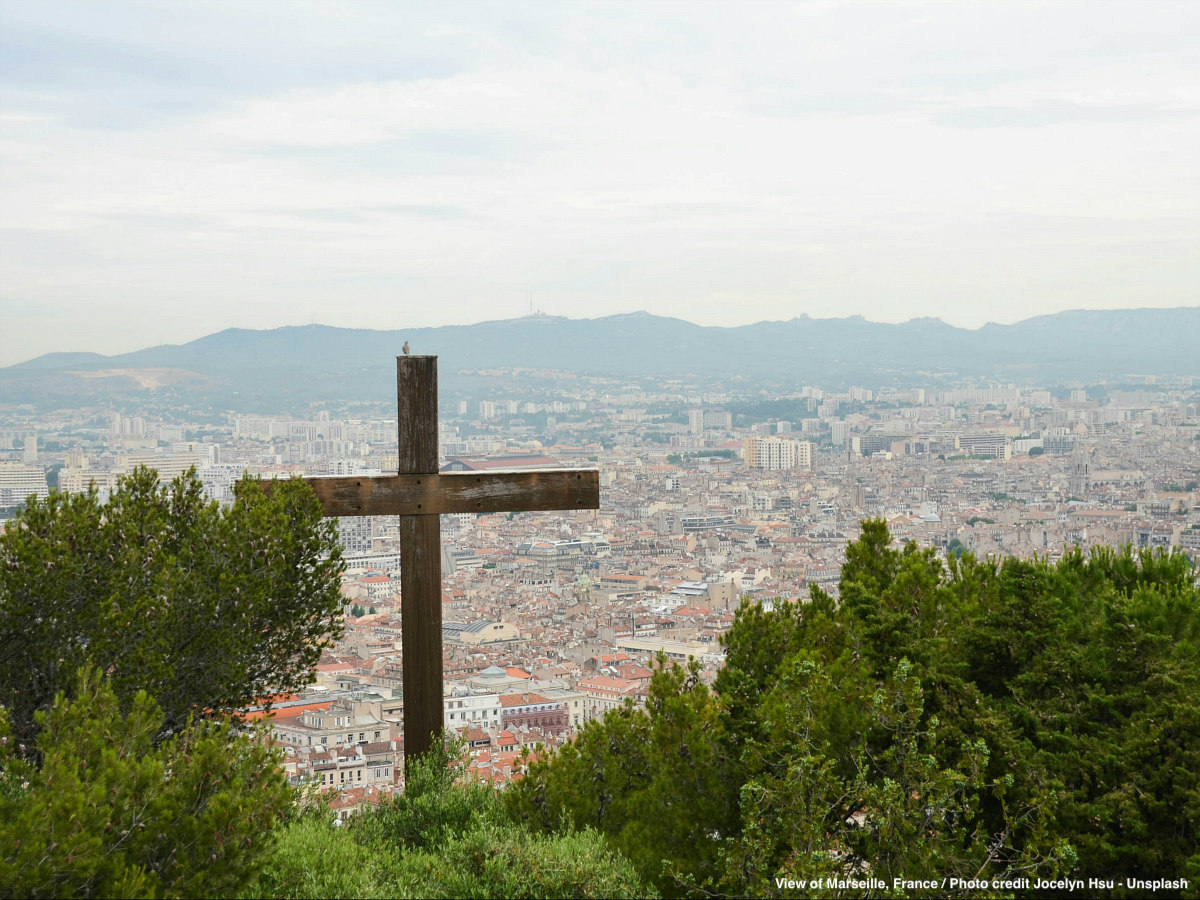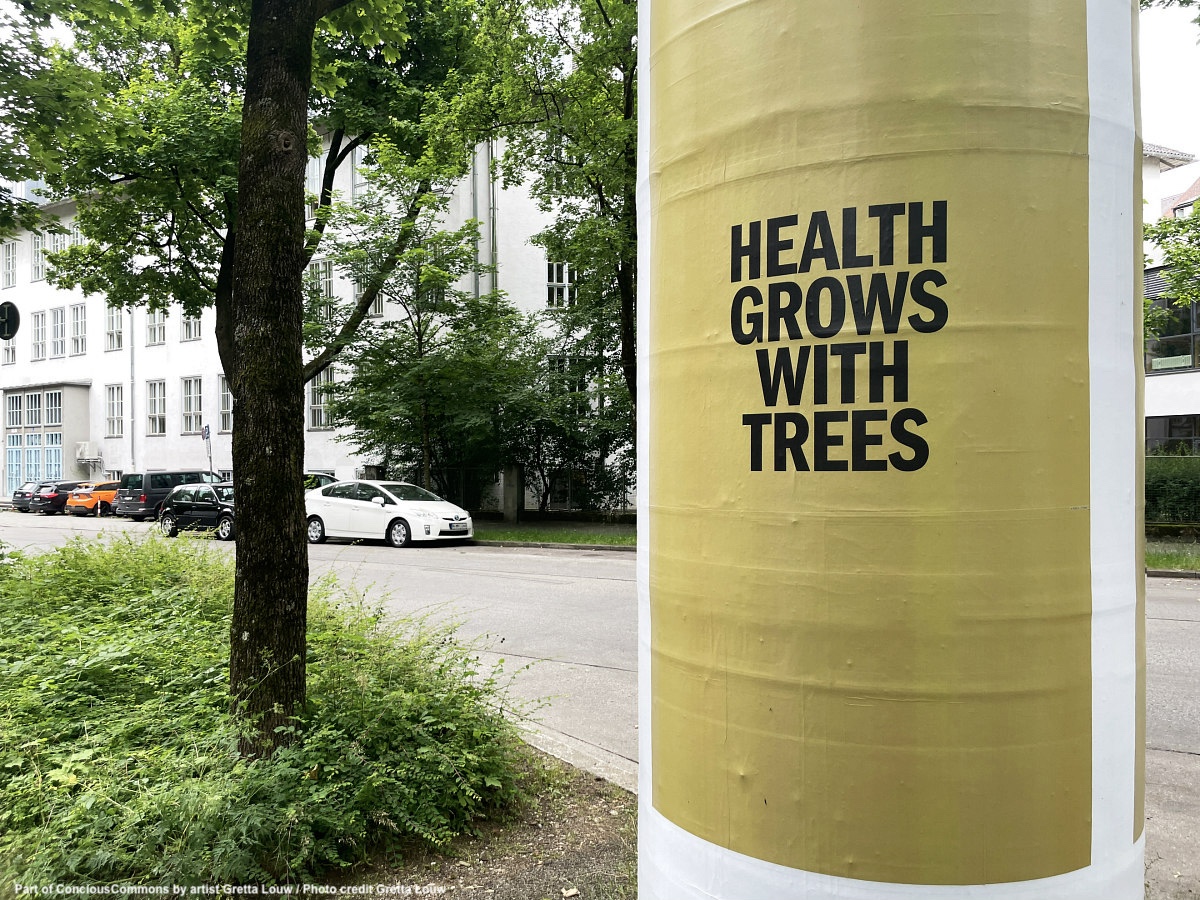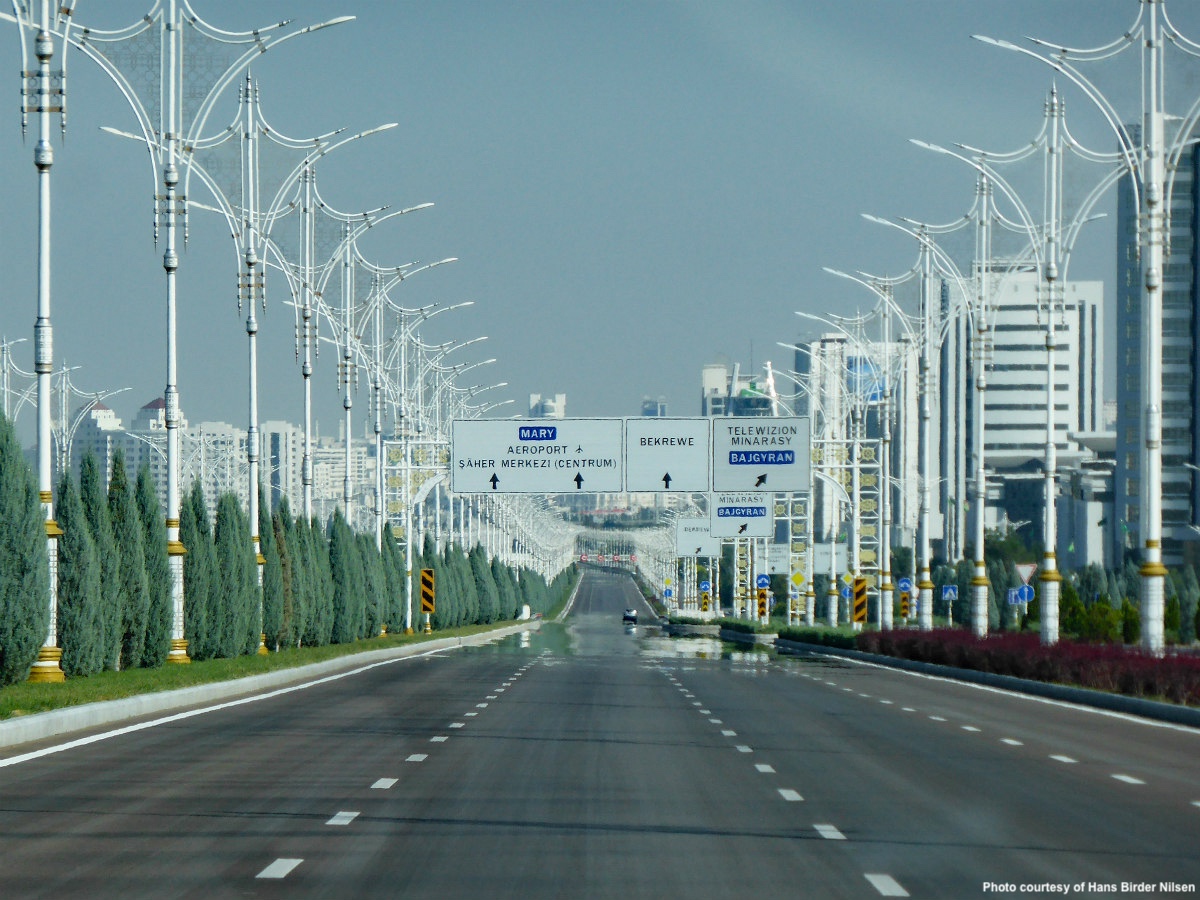In a pandemic world administrations in high density cities have been banishing cars from streets. Public spaces have proven to be the remedy to cancelled indoors events and to ensure physical distancing. New York City’s nation-leading Open Streets program has granted 67 miles of additional public space for people – some as Play Streets.
These Open Streets, which are located primarily in neighborhoods hit hard by the Covid-19 crisis, have their roots in the historic Play Streets. They are an old tradition in New York City — basically streets closed off to traffic to allow play safely, like other seasonal programs such as Summer Streets in August and Weekend Walks, from April to December to support local business.
However, Play Streets, more than a program, was a social movement founded 100 years ago by Police Commissioner Arthur Woods and which was eventually known as the Police Athletic League (PAL). It envisioned that all children in New York City will have a fun place to play, learn and grow, nurtured by a special relationship with youth development professionals and police officers. The goal of the program was crime prevention and to reduce tensions between police officers and youth.
Play Streets today at a time of ‘Black Lives Matter’
Until recently, PAL has closed roughly 15 public areas in New York City neighborhoods suffering from high rates of crime and poverty to create supervised and fun-filled places for children ages 6-16 to play safely over the course of seven weeks every summer. Each PAL Play Street provides opportunities for children to engage in organized physical activities, to learn valuable lessons about positive life choices and to access helpful resources in their communities.
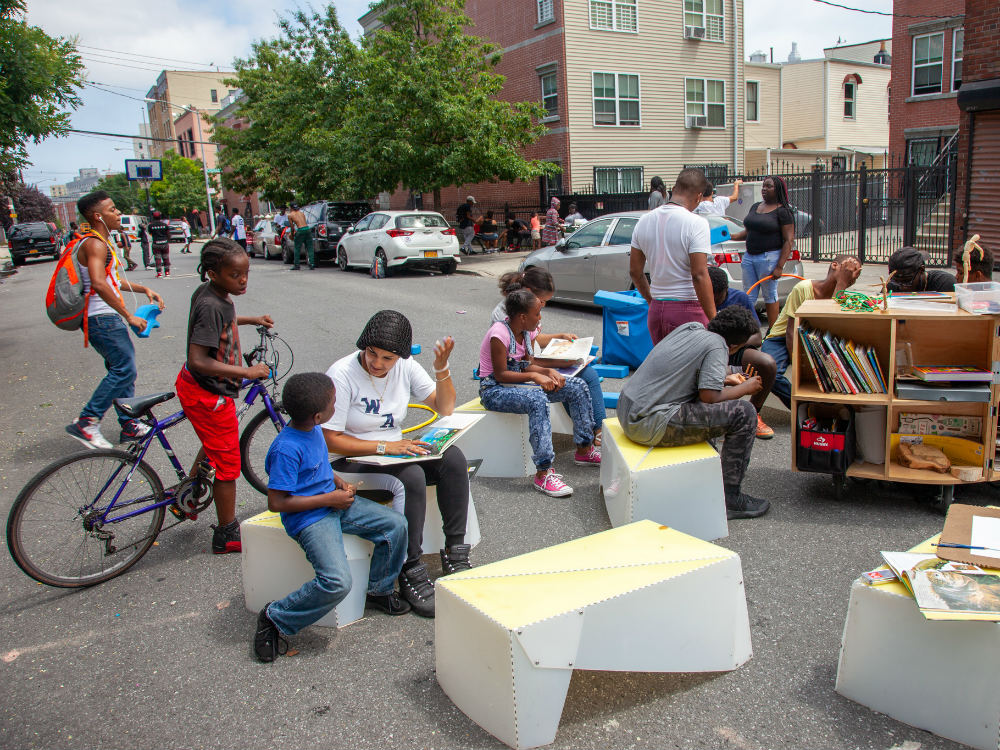
In addition to PAL Play Streets, local activists started to run Play Streets in their neighbourhoods like the iconic figure Hetty Fox. Over 30 summers she revived Lyman Place in Morrisania, a once-proud African-American neighbourhood of the Bronx, and saved it from urban decay. She made sure it was a safe place to play and to raise children.
Other non-PAL Play Streets were growing for a while in New York City, driven in part by the support from the city and local organizers who saw these streets as an opportunity for much more than safe play and crime prevention, but to help combat the childhood obesity epidemic in New York. It was a quick and low-cost way to create active play space, a health measure by the Departments of Health & Mental Hygiene, Transportation, and Parks, that directly targeted children.
Unfortunately many Play Streets run by locals, like Lyman Place, stopped operating years ago because they were left orphaned without institutional support and funding.
‘They found no home in the city and nobody took ownership’, explains Leslie Davol. She is the co-founder of the non-profit organization Street Lab. She has been supporting the efforts already underway by local groups at Play Streets in underserved areas, providing programming for children. In New York, Street Lab has created and shared extraordinary programs for public space in 219 locations across NYC since 2011.
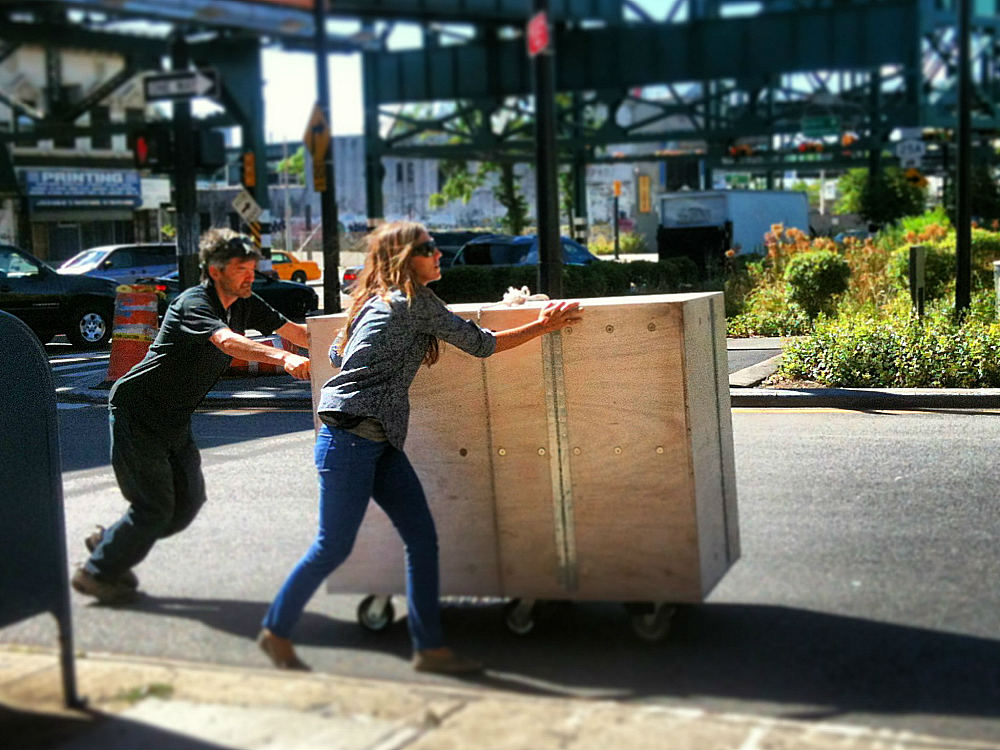
‘Some Play Streets have been going for decades and others have just got started. We have deployed our portable reading room to Play Streets across the city in locations where at-risk New York City kids gather and have brought opportunities for learning, thanks to a partnership with Transportation Alternatives’, explains Davol.
Play Streets could heal pandemic cities and racial injustice wounds
After September 11th Leslie Davol, with a long experience in the cultural sector, was part of a team to rebuild the city as Assistant Vice President for memorial, cultural, and civic programs for the Lower Manhattan Development Corporation.
‘In the aftermath of the attack many New Yorkers didn’t feel like going out. We used public space to force connections among strangers again and reclaim the city. Public space was an essential part of the healing process’, says Davol.
Inspired by how public space could bring people together to overcome the trauma of a city, Davol co-founded with her husband, Sam Davol, Street Lab to strengthen neighborhoods, first in Boston and later on in New York.
‘When we launched our portable reading room called Uni Project in 2011, we understood the impact it could have for kids in low-income neighborhoods. Thus began our work to transform the street at the local scale of the neediest New York City streets with pop-up reading rooms, drawing studios, and more—complete with staff and high quality materials, free for all’, says Davol.
They have collaborated at Lyman Place and with Play Street organizer Lonnie Hardy at Caldwell Youth on Jennings St also nearby Morrisania in the Bronx.
When I was a kid, I used to spend time at a Play Street. I remembered it as a safe oasis to play and I felt supported by a close-knit neighborhood life, even at a time when the Bronx were a tough place to live, explains Lonnie Hardy.
She started her Play Street in an effort to keep teens off the street and provide a safe place for recreation, very much in the spirit of an after-school program. She placed special emphasis on education to reduce the high school dropout rates, gang membership, anti-bullying measures and promote healthy eating habits.
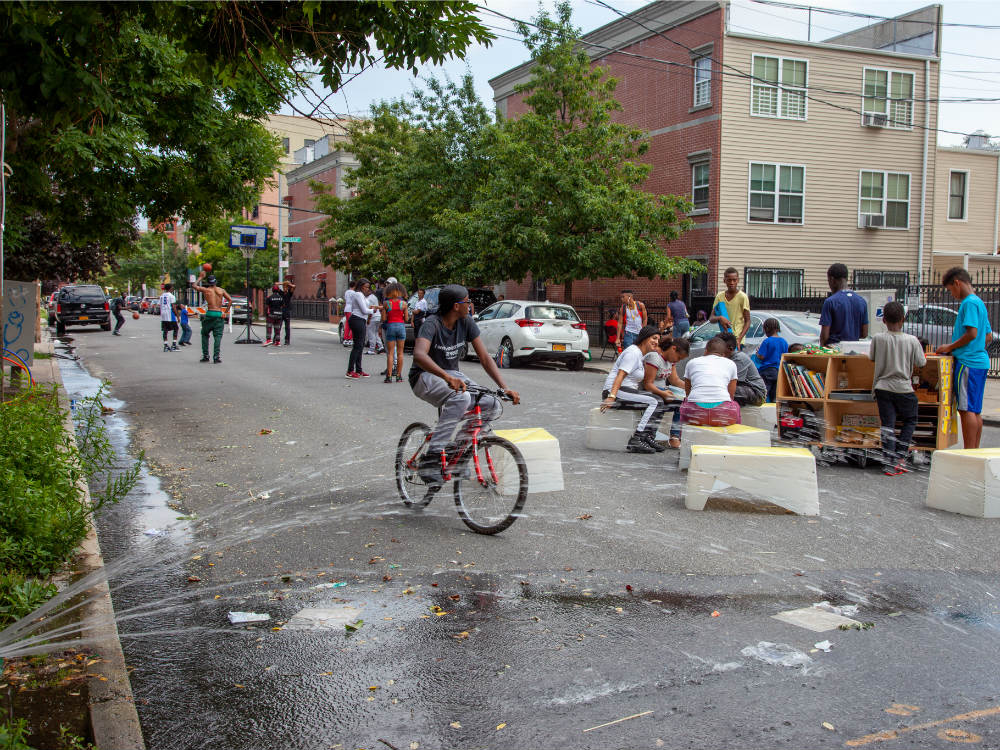
Lonnie Hardy got outdoors everything that you could possibly do indoors. When the good weather started, movie projector, soccer goals, tables and barbecues moved outside. Hydrants were turned on. Youngsters started to pay attention in the street, coaching other kids. They shared skills. They even learned how to save and manage their money.
Now it’s time to revive Play Streets
In New York in order to get a Play Street running, every resident on the block needs to fill in a form to apply for permission to place barricades and close the street to cars. The police department, the public transportation, fire department and sanitation department have to approve it.
‘It is a tedious process, but the challenges are rather funding and getting people to volunteer. Otherwise it is so easy to keep a Play Street running with little things’, says Hardy.
‘Our community is made of different cultures. You have to understand your neighbours’ culture to create a safe haven for the youth. Play Streets reduce tensions on the street and with police preventing crime because they change the dynamic of the relationship. This is how you do it, you have to build a relationship to make a lasting difference’.
This year Lonnie Hardy’s Play Street was not able to obtain a permit to run and she will have to collaborate with a larger organization. But in the face of the Black Lives Matter movement and in a pandemic city it seems like the right time to revitalize Play Streets.
‘Actually a bunch of new streets have just been approved for Open Streets, to be run by the Police Athletic League and Fresh Air Fund. They started on July 27, running at different hours.’ says Davol. ‘We are supporting all of them in some fashion – either with our PLAY elements, staff, and other activities, or with our portable infrastructure (benches)’.
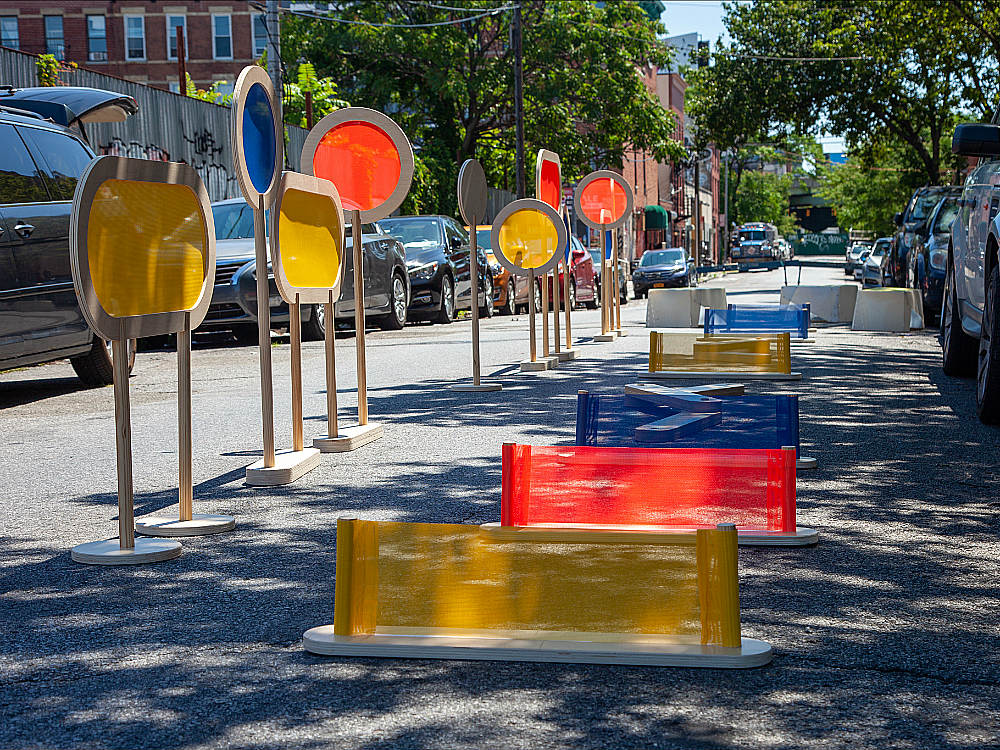
Street Lab has also partnered with Red Hook Initiative to help the community activate a new Open Street that provides open space for residents re-emerging from lockdown.
Bringing children and youngsters safely back to the streets
Open Streets are not supposed to be an urban experiment for social distancing during this pandemic, they are rather a not-to-be-missed-opportunity to bring streets back to life by youngsters and children’s play.
In fact, several cities have been working to revitalize this concept long before Covid-19. In Vienna (Austria) the “Wohnstrassen” are not regular streets; they are considered by law a public space made available to citizens to use. They have been particularly blooming this year by painting colourful flowers on the ground to make drivers aware of their presence, while captivating residents to finally take ownership.
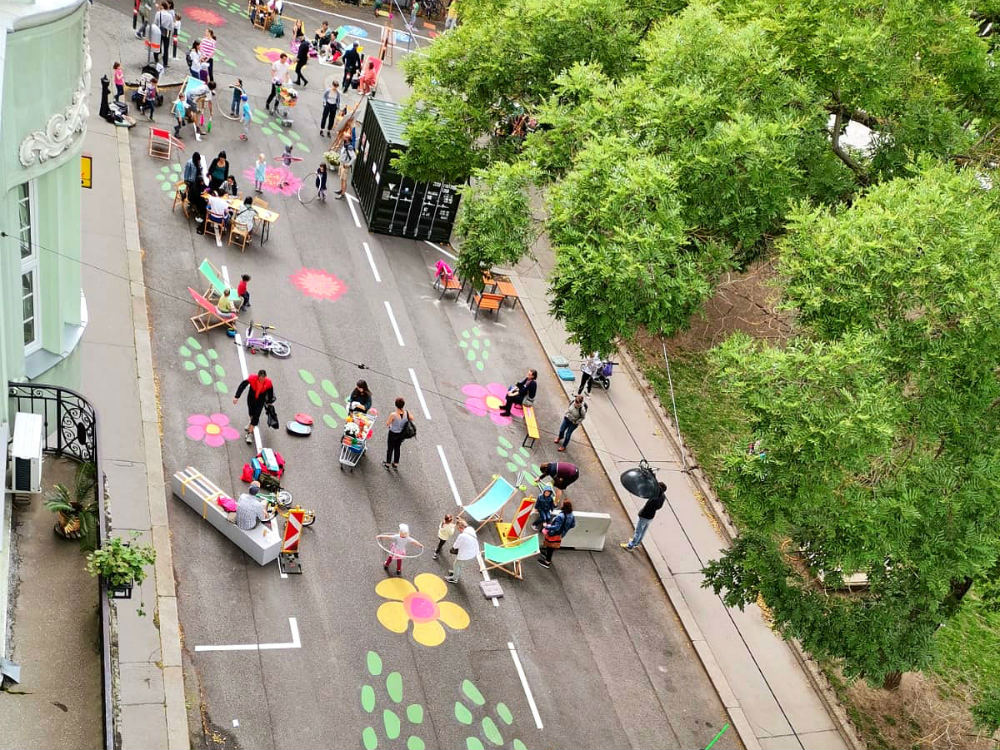
Play Streets in New York started as an initiative by the Police, but to be followed as a natural bottom-up initiative of neighborhood residents, that once saw them as parenting tools instead of safety panicking. Because streets support youth, release tensions by fostering strong relationships and inspire youth to realize their full individual potential.
Last month an article in the New York Times referred to outdoor classrooms as a way for schools to beat earlier plagues at the beginning of the 20th century. Roofs, playgrounds and, indeed, Open Streets could be game changers to get children back to school. Moreover children would see the benefits and trust their streets again.
As big cities were urbanized, the youth usually got the short end of the stick. Yet Play Streets could bring youngsters back and ignite the lost art of playing outside, while healing wounds of racial injustice, magnified by the pandemic, without the involvement of the city administration. And rightly so because it’s not their street, it’s ours.
